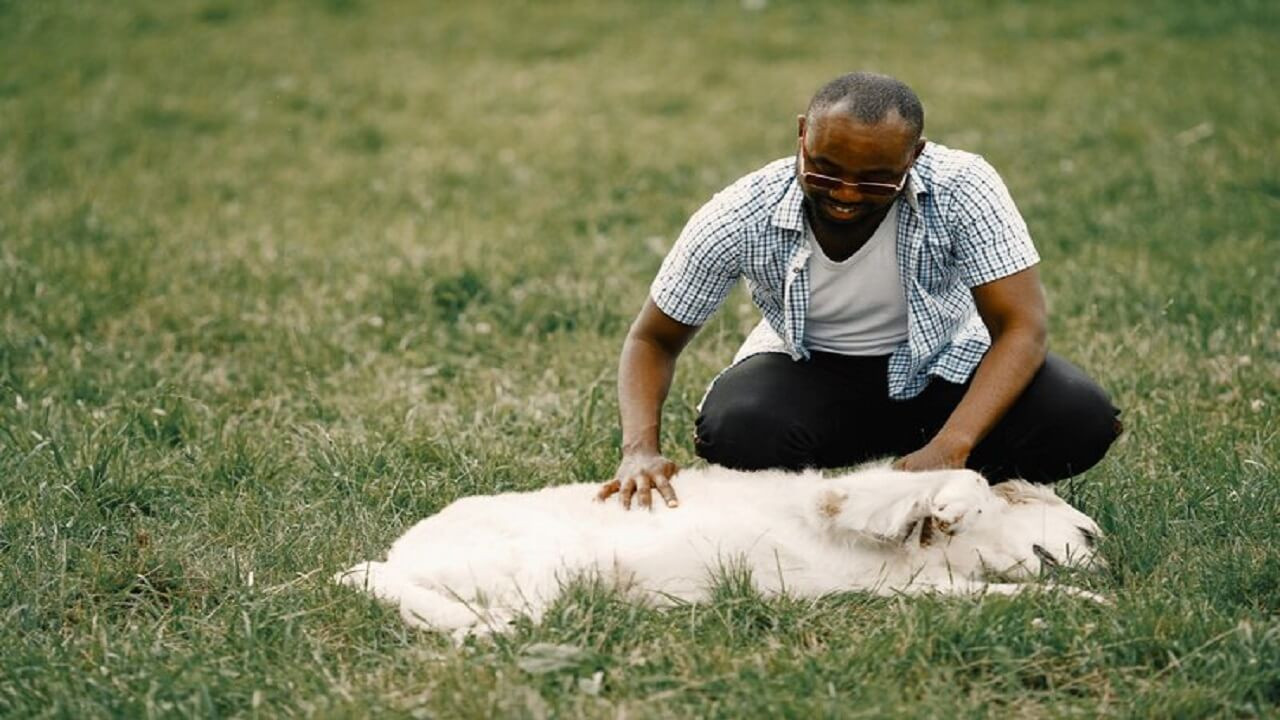
Dog Breeding Guidelines
May 16, 2024, 6:27 pm
The dog (canis familaris) is a domestic animal which is of great importance to humans. A strong relationship that developed between humans and dog made someone commented that, “God saw the frailty or weakness of man and gave him the dog.”
Dog Breeding Guidelines
The dog is described as human’s best friend. In fact, the dog is believed to be the first animal to be domesticated and it is often regarded as the most social animal.

Structure of the Dog
The dog’s body is built of strength and endurance. In the wild, dogs are social animals living in packs.
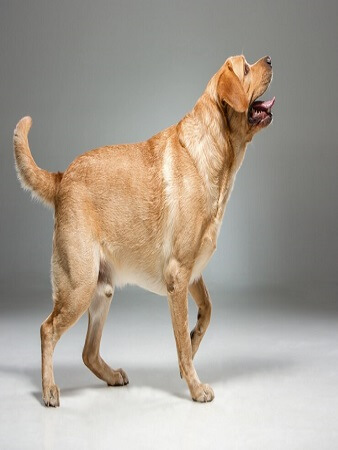
The head of the pack is called the alpha dog. A pack of dogs can maul heavier animals like lions, tigers, cheetahs etc.
Importance of Keeping Dogs
- As companions: The dog is regarded as man’s best friend
- For security (guards): Protection—watch over property, crowd control (police), wars (military)
- For detection of objects: Sniffer dogs are used to detect bombs, mines, hard drugs and other dangerous items
- Eyes to the blind: Dogs are used to lead the blind, such as ‘guide dogs,’ will lead the blind to cross the road, will give cheques to tellers in the bank and scare away thieves
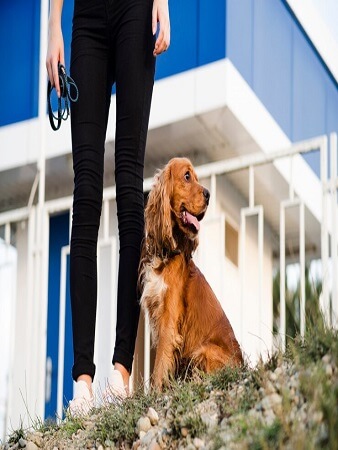
- Ears to the deaf: Dogs are trained to assist the deaf. Such dogs would alert the deaf on any sound including those of a knock at the door, boiling water on the stove, rushing water etc.
- As source of meat: In some cultures, the dog is consumed as a source of animal protein
- Religious sacrifices: In some cultures, the male dog is used for religious sacrifices for example as practiced by Ogun worshippers
- Source of income: Dogs provide good income. A 6 weeks old puppy of a good breed can cost more than an adult bull
- Career opportunities: Dogs offer additional career opportunity in training and breeding which people can engage in
- Hunting: Dogs are used to locate and retrieve game during hunting expeditions
- Herding: Dogs are trained to protect and herd livestock especially those on rangelands
- Shows: Dogs are entered for shows where winner dogs go home with prizes
- Sports: Dogs are used in sporting activities and competitions e.g. dog racing, dogsled racing
- Clubs: There are kennel clubs where dog lovers, owners and breeders meet to socialize, discuss dog registration etc.
Dog Breeds
Some common breeds of dog are:
Basenji (looks like the indigenous breed, usually brown with white at neck, coils its tail, smallish does not bark but yodels). It is an independent and curious dog breed

German Shepherd or Alsatian (commonly called police dogs). It is a loyal and intelligent dog breed
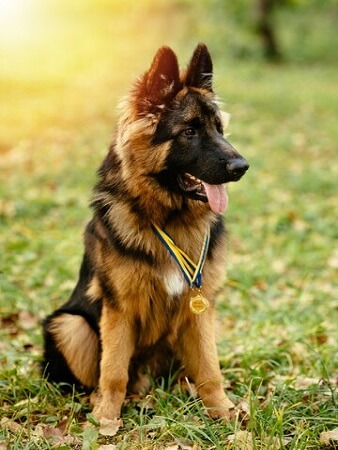
Dalmatian is a spotted dog. It is a friendly and outgoing dog breed
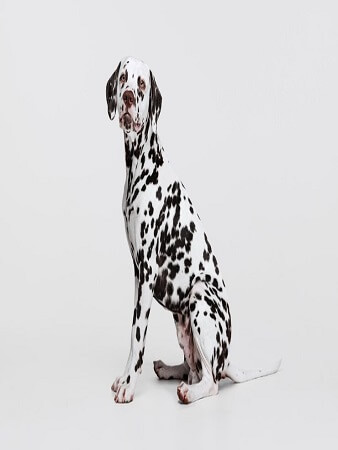
Dobberman is an intelligent and loyal dog

Rottweiler is a domestic dog breed that is medium to large in size. Historically, they were used to herd livestock and pull carts.
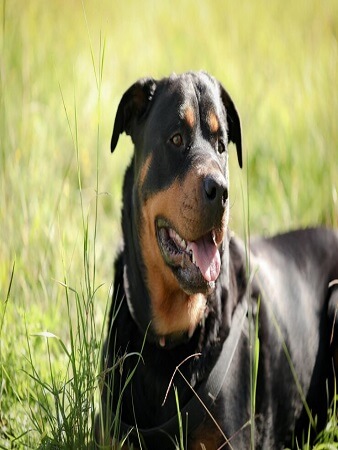
Rhodesian Ridgeback (South African breed, also known as Lion Hound—two of Rhodesian Ridgebacks can hunt a pride of lions)
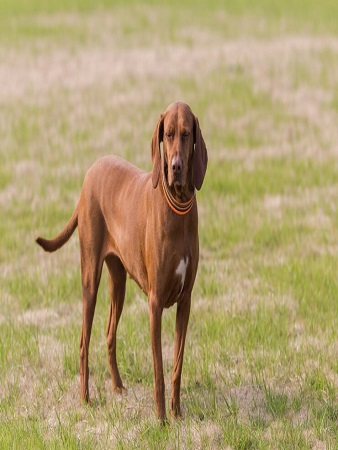
Dachshund is black, short and long dog breed. It is a loyal and energetic dog.

Our heritage breed—indigenous breed sometimes called mongrels are more adaptable, docile, live longer, neat and highly trainable.
Dog Housing
Houses for dogs are called kennels. There are different types of kennels. They can be made of metals, hard wood or concrete walls.

Doors must be strong and well bolted. Adequate ventilation should be provided. The floor must have a gentle gradient for easy cleaning.
Kennel can be inside the house or constructed separately. Concrete well plastered walls enhance easy cleaning and pest control. Fanciful kennels with heaters, air conditioners and ceiling fans are common in some homes.
Ear Cropping and Tail Docking
Cropping the ears or docking the tails of dogs are merely for fashion (aesthetics) in dog husbandry.
Dog Feeding
The dog is naturally a carnivorous animal. Dogs eat household food. Special feeds are prepared for puppies, breeders and growers which may be wet or dry preparation.
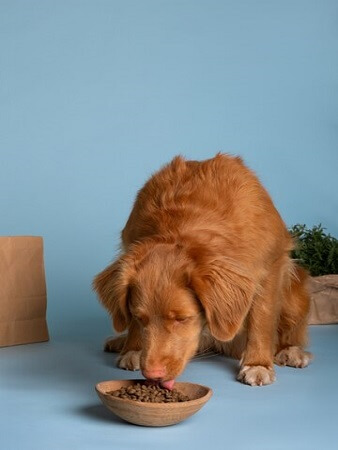
Feeding Regime for Puppies
The feeding of puppies is intensified at 6 weeks when they are ready for weaning. The following regime may be adopted. Dogs should be fed bones with restriction
Breakfast: Cereal with milk or a bowl of puppy milk
Lunch: Cooked ground beef or fish
Snack: Biscuit with a drop of multivitamin
Super: Cereal with milk
Generally, the feed for dogs should contain 40% meat, 30% vegetable and 30% starch from brown or white rice.
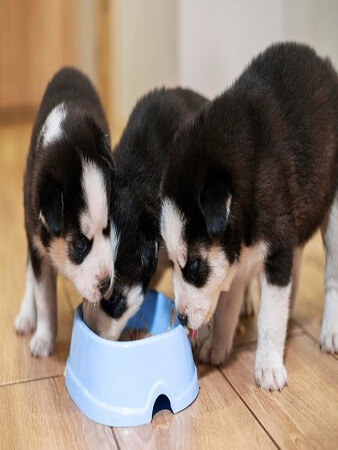
At 12 weeks, the lunch or snack should be dropped while at 6 months, feeding should be reduced to twice daily.
Noodle waste enhanced with fish meal and groundnut cake can be fed as maintenance ration to dogs
Dog Breeding and Reproduction
Female dogs (bitches) come into heat twice a year except in a breed called Basenji which has only one sexual cycle per year. Domestic dogs have 78 chromosomes i.e. 39 pairs
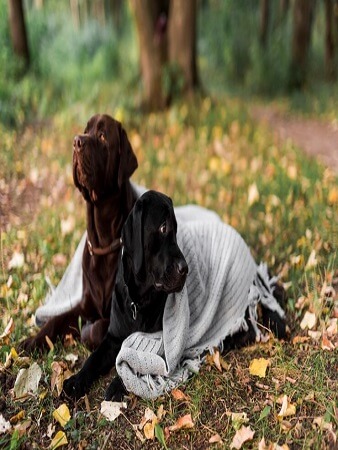
The male dog is sexually mature at six months but should not be used for mating until twelve months old. The bitch is sexually mature 8—12 months old. However, some bitches might come on heat earlier say 6 months or much later at 20 months.
It is advisable to breed a bitch at 15 months. Heat period is generally 18—21 days long. A bitch would accept a male dog during a few days in the middles of the heat period say 9—12 days.
The onset of heat is characterized by puffiness of the lips of the vulva; later, there would be bleeding lasting 4—14 days. The bleeding period is a time when the bitch is attractive to dogs; vulva would be enlarged at which time the bitch would accept the dog as this is the fertile period which lasts from 5—12 days.
Mating on the 10th day and repeated on the 12th day is generally effective. If a bitch conceives, the heat period tends to end sooner than otherwise.
Gestation period averages around 63 days. The breasts of a pregnant bitch would enlarge. The teats become larger and pinker from 35th day of pregnancy. The teats would let down watery secretions if gently pressed about 4 days before whelping.
Breeders of rare pure dog (pedigrees) make money when weaned puppies are sold.
Care of the Pregnant Female Dog
Extra quantities of high quality feed should be fed. Multivitamins, calcium supplements should be added to the diet. The pregnant bitch must be exercised gently and regularly towards the end of the gestation period.
A quiet but clean corner or box or basket should be provided with lots of newspapers or towel or blanket as beddings for whelping.

In some cases, breeding kennels are constructed specially for bitches.
Dog Parasites and Disease Control
Rabies
The most dreaded disease of dogs is rabies. This disease can also affect man if bitten by a rabied dog, this is known as zoonotic disease (diseases that can be transferred from lower animals to man). Regular vaccination would prevent the incidence of rabies. Rabies is caused through bites of wild animals or a rabied dog
Distemper
This is another disease of dogs. Vaccination would also prevent the disease
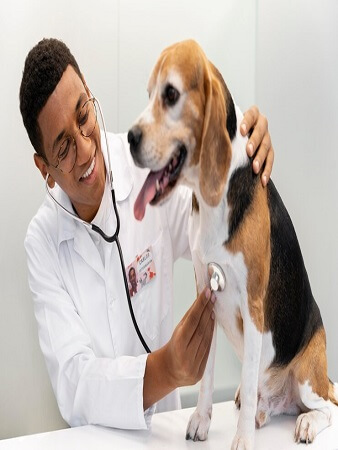
Tick Infestation
The most troublesome parasite of dog is the tick. It causes tick fever, blood loss and other secondary ailments. Ticks can kill dogs. Regular washing with appropriate insecticide, good sanitation, fumigation of kennel are necessary to control ticks
Mites
Mites are tiny organisms, they cause mange (skin problems to the dog). Good sanitation and isolation would control mange. Treatment is by the use of Ivomectin.
Fleas
Flease disturb dogs by feeding on the blood and cause irritation making the dog to scratch its body. There are effective chemicals in powder or liquid forms that control fleas.
Flies
Houseflies in particular look for openings in the dog skin especially in the ears which they eat up.
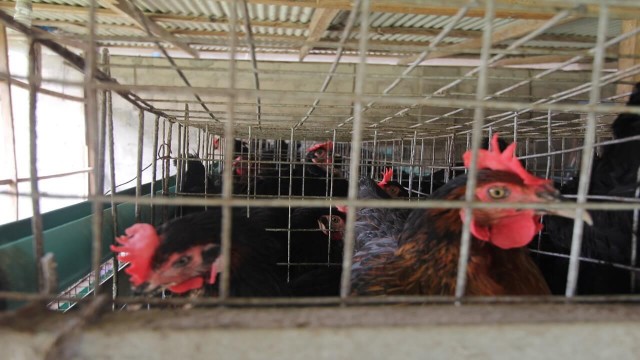









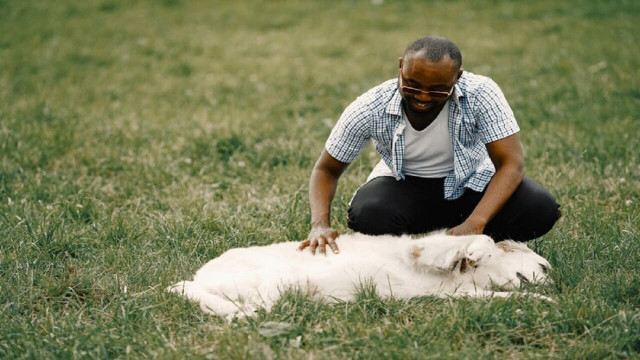

Share This Article: